IN THE BEGINNING, THERE WAS THE WORD?
Nope, in the beginning, there was music — the melody, the rhythm. Melodies and rhythms have always fascinated us humans.
The first bone flutes were found over 30,000 years ago. We humans made music before we developed language. Music has always been and still is today: communication without words. This separation of musicians and passive listeners is a new development. Throughout much of human history, music has usually been a communal, often festive experience associated with dance. Researchers are of the opinion that music may have strengthened the sense of togetherness of tribal groups early on.
How do musical ideas emerge that touch people all over the world and become immortal? What sounds, tones and vibrations do pieces of music consist of that captivate their audience? How do musical goosebump moments arise? How do musicians manage to create music that sounds so simple and yet is so deep, so rich and every note tells a new story?
We humans will probably never be able to fully understand and clarify the power and magic of music, but we can try to make music as intensely accessible to us humans as possible.

FROM THE INSTRUMENT OF THE DEVIL TO THE VOICE OF LIBERATION
The saxophone is one of the most popular instruments in the world. Nevertheless, it is still hardly recognized in the classical music world.
Why? Is it because the classical world is unfortunately still too elitist or is it because of the saxophone? Probably the history of the saxophone plays an important role. The one who holds it in his or her hands and plays it, will love it. This has always been the case — but the saxophone has never had it easy.
A brief look into the eventful past of SAX:
Around 1830, a 15-year-old boy in Belgium — named Adolphe Sax — indulges in his passion for wind instruments. The results are new, interesting flute and clarinet models. He continues to experiment and also adopts the clarinet, which originates from Germany.
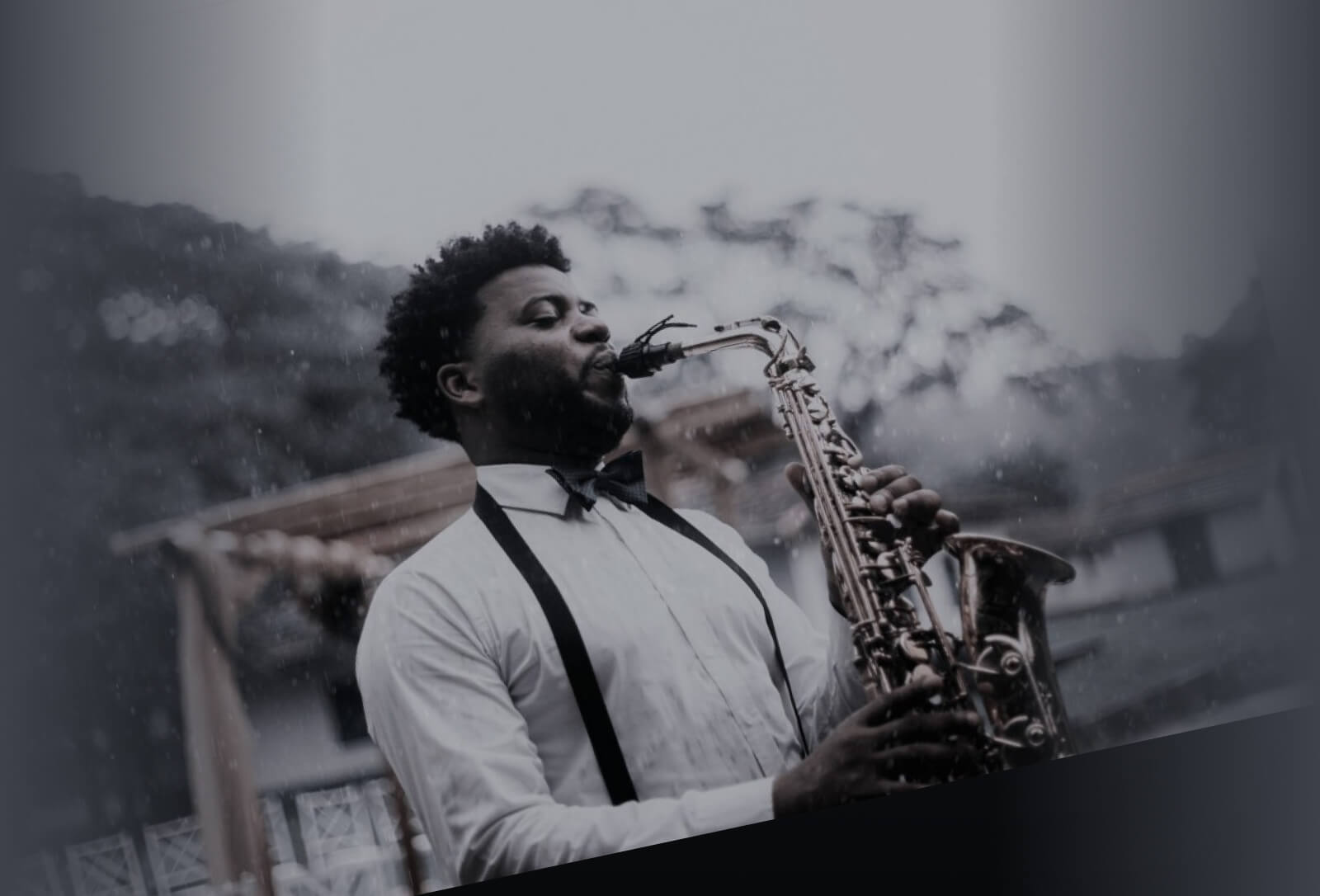
LIMITLESS*
*An adjective that means magic happens to those who never stop playing.
ADOLPHE SAX
After modernizing the clarinet in 1835, he intends to construct a completely new instrument. His vision: „...ein Instrument zu erscha#en, das im Charakter seiner Stimme den Streichinstrumenten nahe- kommt, aber mehr Kraft und Intensität besitzt als diese." So hat Sax zufällig auch ein Instrument erfunden, dass auch der menschlichen Stimme am nächsten kommt.
Without a penny in his pockets, the young man is drawn to Paris — his companion: the completely new instrument he invented. And he calls it: „un saxophone basse en cuivre", the bass saxophone from brass.
ein Bass-Saxophon aus Messing.
The young Belgian and his completely new instrument soon attract the attention of the Parisian musical community. Musicians and composers like Hector Berlioz are immediately taken by this young, visionary man and his instrument. Adolphe Sax and his Instrument become famous. Parisian musicians love him, meanwhile his competitors, however, hate him.
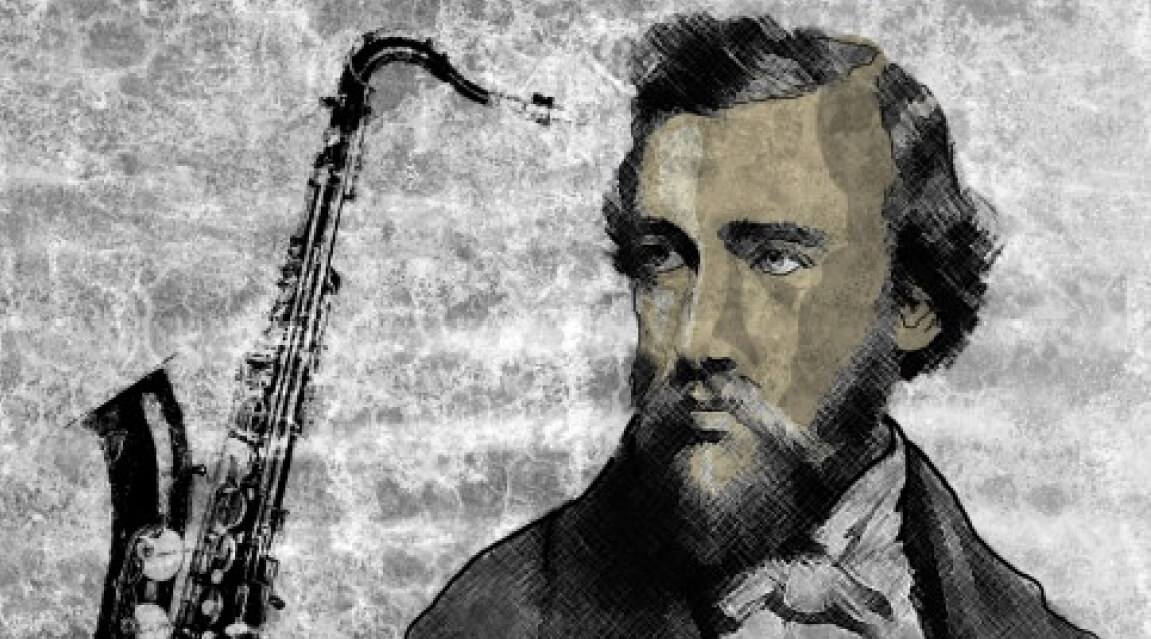
They try to destroy the young Belgian. His French rivals do everything to prevent his further success. They plot against him. They try to spread slander about him in false press releases. They try to physically intimidate him. And when none of this works and young Adolphe refuses to give in, his studios are set on fire.
Even this act of outright sabotage cannot stop Adolphe Sax. The man Sax and his SAX become stars. Nevertheless: SAX hardly plays a role in classical and folk music. Sax dies impoverished in 1894. But his SAX lives on and continues his triumphal procession through the music world. Where it also quickly stirs up emotions in those who are irritated rather than enthusiastic about this instrument, with its "seductive and vulgar sounds"....
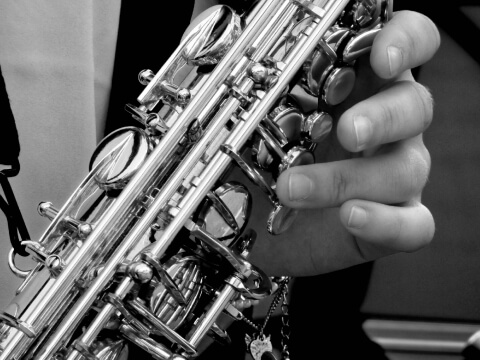
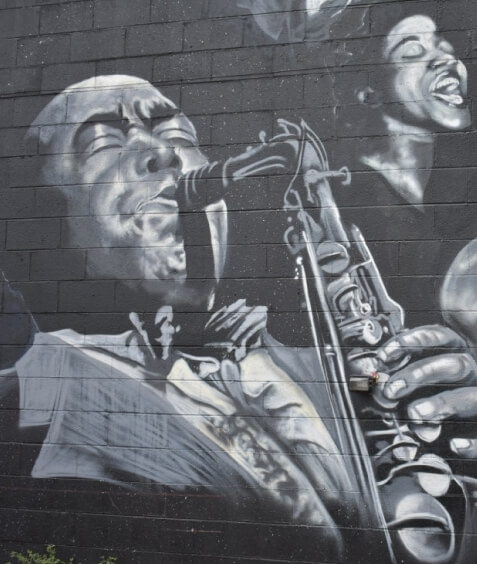
In 1914, the "seductive" sound becomes too "hot" for the church. Furthermore, an instrument with a name that also sounds like something "dirty"? That can only be the instrument of the devil who’s seeking to seduce decent people through this evil musical contraption. No Way!, the Vatican shouts angrily and bans the SAX in all churches and services in that very same year. From now on, there will be no more sounds of seduction in the house of God.
Instead, the sax becomes all the more popular among black musicians in New Orleans in the 1920s. At that time, the sax was not only an instrument for these musicians, it was a mouthpiece with a powerful voice that allowed them to express themselves in the most ideal way. So, this is how two outsiders find each other: the oppressed black minority, finding potent expression through this outlawed instrument.
These are the best conditions for a completely new style of music. A style of music that not only moves people, but also frees them from their own as well as social constraints. The saxophone becomes the weapon in the fight against oppression and jazz becomes the soundtrack of their own liberation. Not only for blacks, but also for artists, poets and dissidents from all over the world.

NEVER LIMIT
YOUR ABILITY.
RISE ABOVE
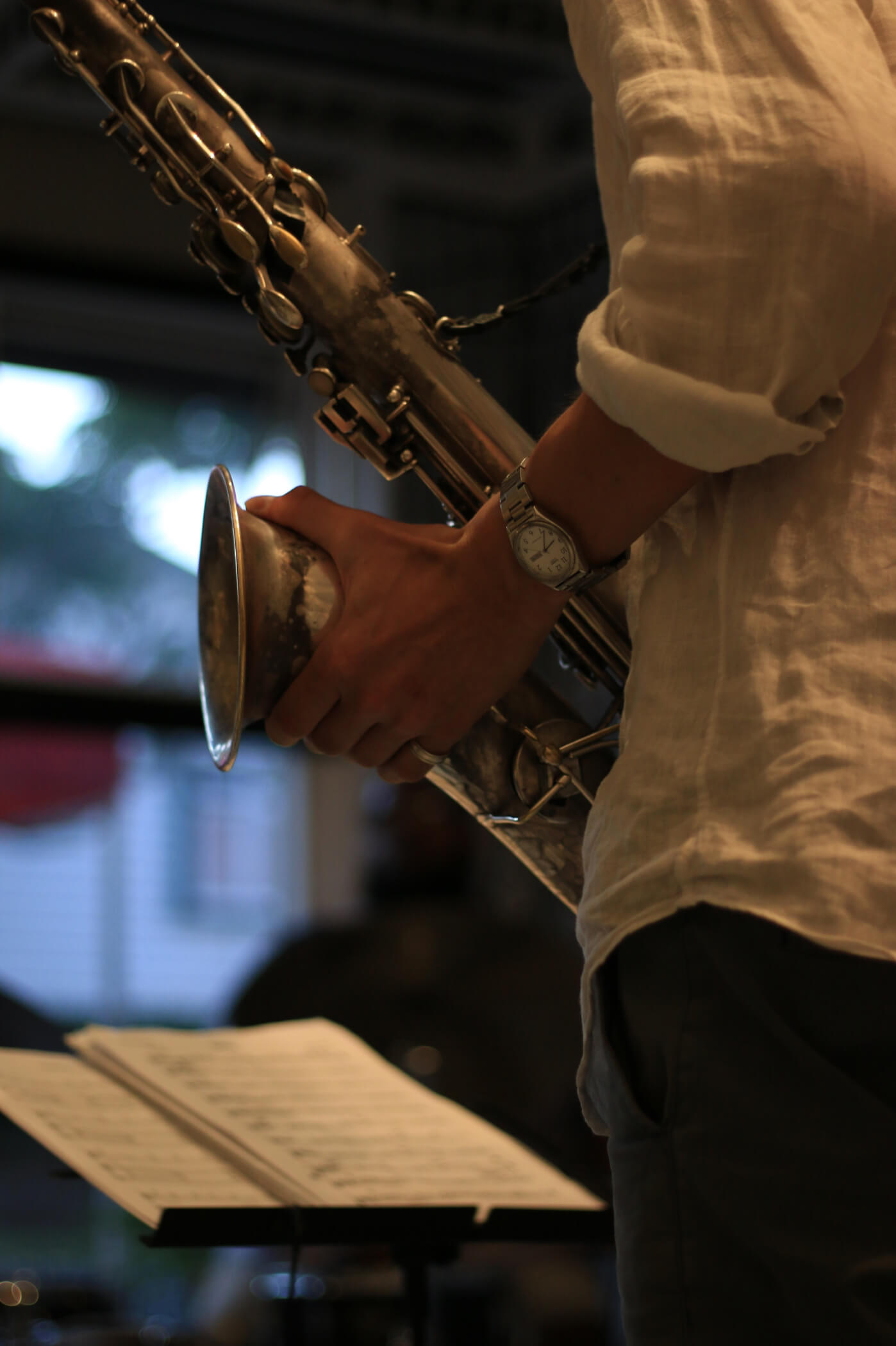
This powerful, new music soon reverberates all the way to Germany and likewise stimulates people to dance there, sending them into a thunderous frenzy and often euphoria. Here, jazz becomes the soundtrack of the Golden Twenties. Unfortunately, however, the Nazis soon put an end to this. The end of the dance. Jazz is banned from Germany as a degenerated style of music.
Almost simultaneously — not far away — the saxophone is banned in the Soviet Union as well. The communist country completely disposes of and forbids all music notes to the compositions during the purge. Every single person who owns this imperialist instrument has to give it up.
ein Bass-Saxophon aus Messing.
Today you can find the saxophone everywhere from concert halls to the smoky jazz bars all over the world but not in the classical concert halls. The saxophone is virtually non-existent in classical music. It is generally ruled out from the start that the saxophone could be an integral part of orchestral music or could even be used as a soloist instrument. The instrument however features amazing flexibility — every musician can develop his or her own individual sound.
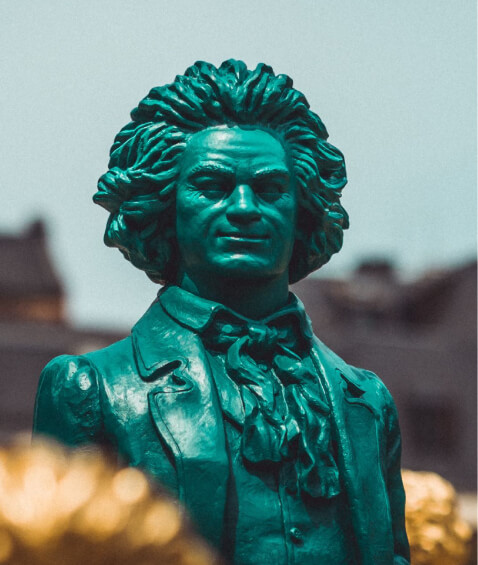
We are certain: if Beethoven were alive today, he would be the greatest fan of the saxophone. Beethoven was anything but elitist, he was a musical visionary.
Instead, the sax becomes all the more popular among black musicians in New Orleans in the 1920s. At that time, the sax was not only an instrument for these musicians, it was a mouthpiece with a powerful voice that allowed them to express themselves in the most ideal way. So, this is how two outsiders find each other: the oppressed black minority, finding potent expression through this outlawed instrument.
He would have incorporated the saxophone into his symphonies and musically demonstrated to his audience what this "seductive instrument" was capable of.
The saxophone and its many possibilities connects and influences musicians all over the world to push their musical boundaries, to experiment creatively and to develop new styles — all this would be good for the dusty classical environment in our modern world.
We have often asked ourselves the question: what would the modern world of classical music sound like today if it opened its doors to one of the most versatile instruments in the world? Would the saxophone be able to free classical music from its rigidity and thus perhaps even save it from its crisis?
Does the saxophone have the power to break musical boundaries? That is what we at GRADIVARI want to believe — just like its inventor Adolphe Sax.

YOU MUST NEVER DOUBT YOUR ABILITY TO ACHIEVE ANYTHING BECOME ANYTHING OVERCOME ANYTHING AND INSPIRE EVERYTHING.
